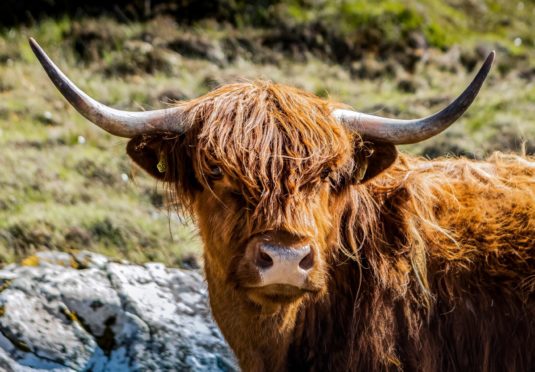A new agroecology learning programme has been launched for farmers and crofters across Scotland.
The programme – funded by the Scottish Government’s Knowledge Transfer and Innovation Fund and backed by food and farming bodies – aims to showcase agroecological approaches to farmers and crofters.
Organisations involved in the project include the Nature Friendly Farming Network, Nourish Scotland, the Pasture-Fed Livestock Association, the Soil Association and The Food, Farming & Countryside Commission.
The learning programme will feature a range of free events, both online and in-person, on farms and crofts across the country from now until March.
Topics up for discussion at the events include regenerative grazing, composting, agroforestry, green manures, and integrating livestock into arable systems.
“We know that farmers and crofters really value seeing new ideas in practice, so we want to help explore new ways of doing things by showcasing the successes and learning experiences of others,” said Pasture-Fed Livestock Association research coordinator, Nikki Yoxall.
“There are lots of farmers and crofters in Scotland already well down the agroecological path, so connecting them with others is a really powerful way to help establish a supportive community.”
Soil Association head of policy, David McKay, said the core of agroecology was focused on ensuring land is managed in a way that delivers environmental benefits such as improved biodiversity, soil health, clean water and fresh air.
He added: “On a practical level, this could mean the use of techniques such as nutrient cycling, ecological pest control and agroforestry.”
Lucianne Wardle, Scotland inquiry facilitator for The Food, Farming & Countryside Commission, encouraged farmers to get involved with the programme and said: “Agroecology and its regenerative practices present pathways for all Scottish farmers, growers, crofters and land managers to be a force for change, delivering for the nation on food security, climate adaptation and mitigation and for a flourishing natural environment, and as the backbone of thriving and resilient local economies.”
Information about the programme is available by contacting Kirsty Tait at the Nature Friendly Farming Network via email at kirsty.tait@nffn.org.uk or by visiting nourishscotland.org/projects/agroecology-mindset-change/
